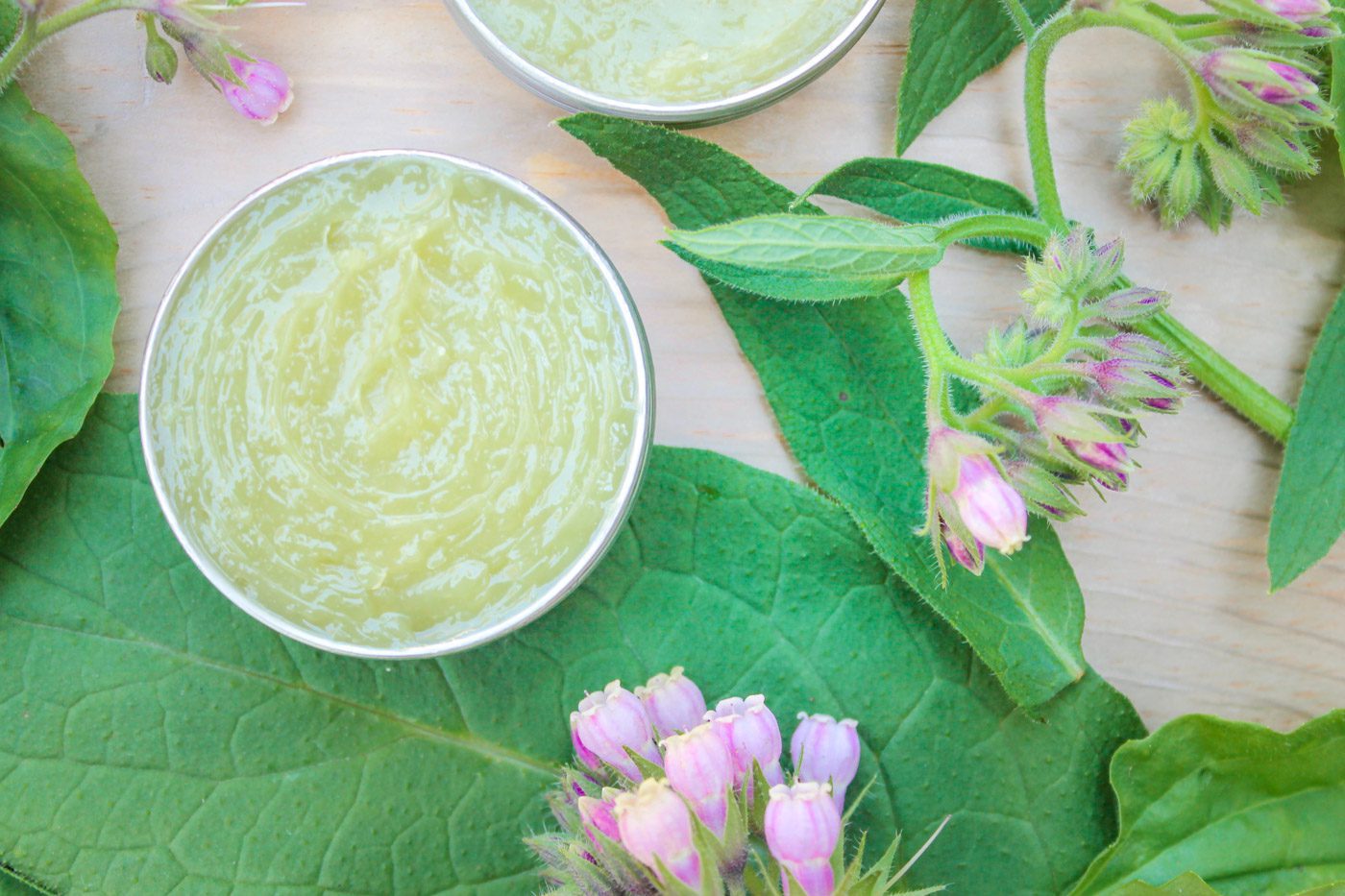The healing balm is a natural remedy often used to soothe and heal various skin conditions. It is typically made from a combination of herbs, oils, and other healing ingredients. The balm can provide relief from minor skin irritations, such as dry skin, cuts, scrapes, sunburns, insect bites, and rashes.
The specific ingredients in a healing balm can vary, but some common components include:
- Beeswax: Beeswax acts as a natural emollient, providing a protective barrier on the skin and helping to lock in moisture.
- Carrier oils: These are plant-based oils that serve as the base for the healing balm. Common carrier oils include coconut oil, olive oil, almond oil, and jojoba oil. These oils are rich in vitamins and fatty acids that nourish the skin.
- Herbal extracts: Many healing balms incorporate herbal extracts, such as calendula, chamomile, lavender, and comfrey. These herbs have properties that can soothe irritation, reduce inflammation, and promote skin healing.
- Essential oils: Essential oils are highly concentrated plant extracts that can provide additional therapeutic benefits. For example, tea tree oil has antibacterial properties, while lavender oil can help calm and soothe the skin.
- Vitamin E: Vitamin E is a powerful antioxidant that can nourish and protect the skin. It is often added to healing balms to promote skin healing and prevent scarring.
To use a healing balm, you simply apply a small amount to the affected area and gently massage it into the skin. The balm will create a protective barrier, locking in moisture and allowing the healing ingredients to penetrate the skin.
It’s important to note that while healing balms can provide relief for minor skin conditions, they should not be used as a substitute for medical treatment. If you have a severe or persistent skin condition, it is always best to consult with a healthcare professional.
Effect of healing balm
The effects of a healing balm can vary depending on the specific ingredients used and the individual’s skin type and condition. However, some common effects of using a healing balm include:
- Moisturization: Healing balms typically contain natural oils and emollients that help moisturize and hydrate the skin. This can be especially beneficial for dry or irritated skin, as it helps to restore moisture and improve skin texture.
- Soothing and calming: Many healing balms incorporate herbs or essential oils with soothing properties. These ingredients can help to reduce inflammation, calm irritated skin, and provide relief from itching or discomfort.
- Skin healing and repair: The combination of nourishing oils, herbal extracts, and essential oils in healing balms can promote skin healing and repair. These ingredients may aid in the regeneration of damaged skin cells, reduce redness and swelling, and accelerate the healing process for minor cuts, scrapes, or burns.
- Protection and barrier function: Healing balms create a protective barrier on the skin, which can help shield it from external irritants, moisture loss, and bacterial infections. This barrier function is particularly useful for wounds, minor burns, or other vulnerable skin areas.
- Antioxidant and anti-aging effects: Some healing balms contain antioxidant-rich ingredients, such as vitamin E or specific plant extracts. These antioxidants help to neutralize harmful free radicals, protect the skin from environmental damage, and potentially slow down the aging process.
It’s important to remember that the effectiveness of a healing balm can vary from person to person, and results may not be immediate. Additionally, while healing balms can provide relief for minor skin conditions, they are not intended to treat or cure severe or chronic skin conditions. If you have any concerns about your skin health, it is best to consult with a healthcare professional for proper diagnosis and treatment.

